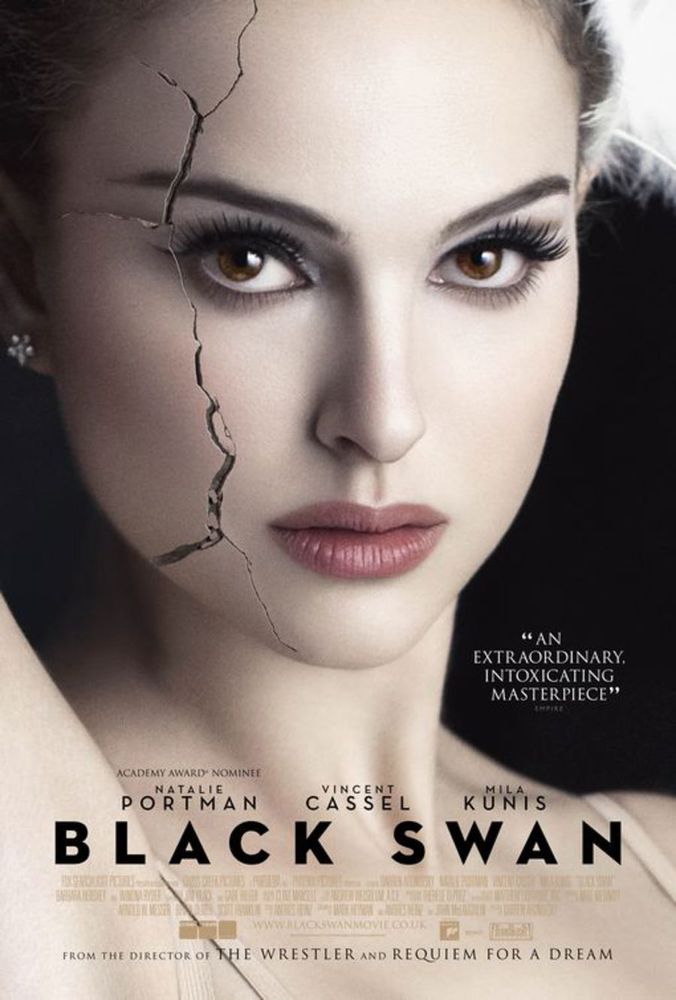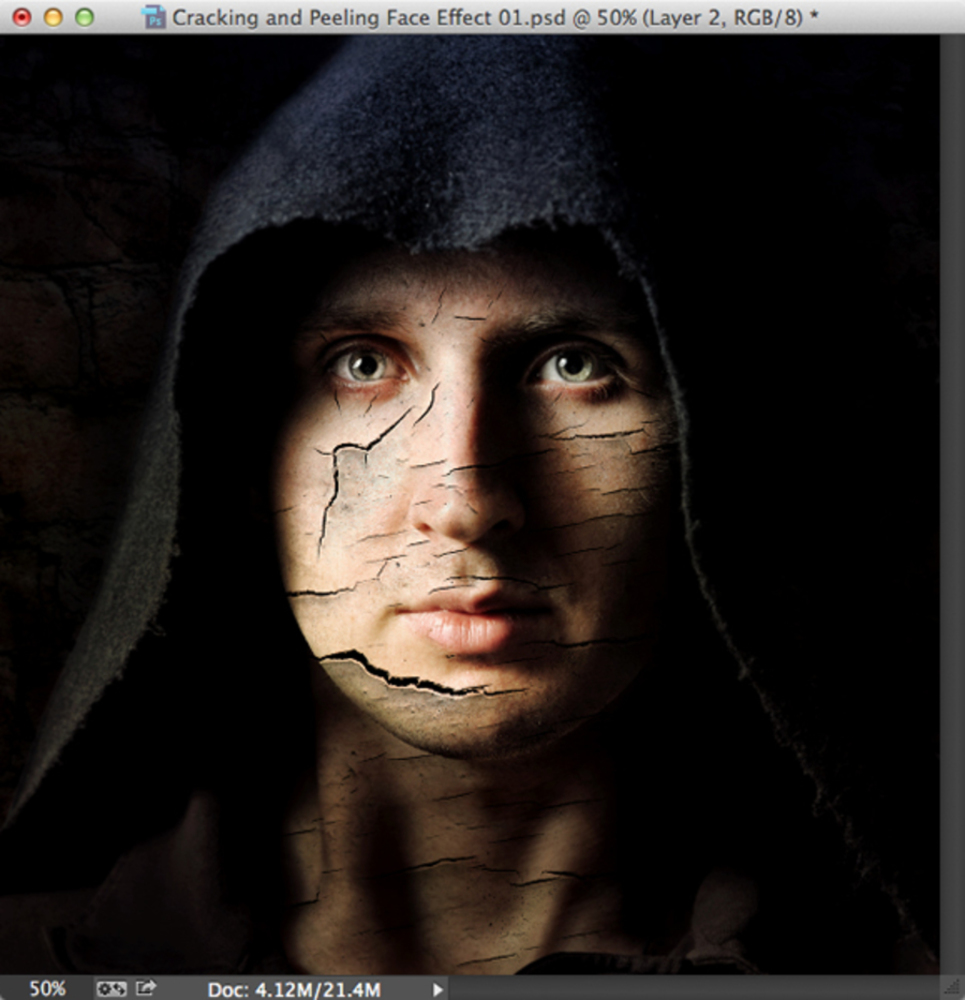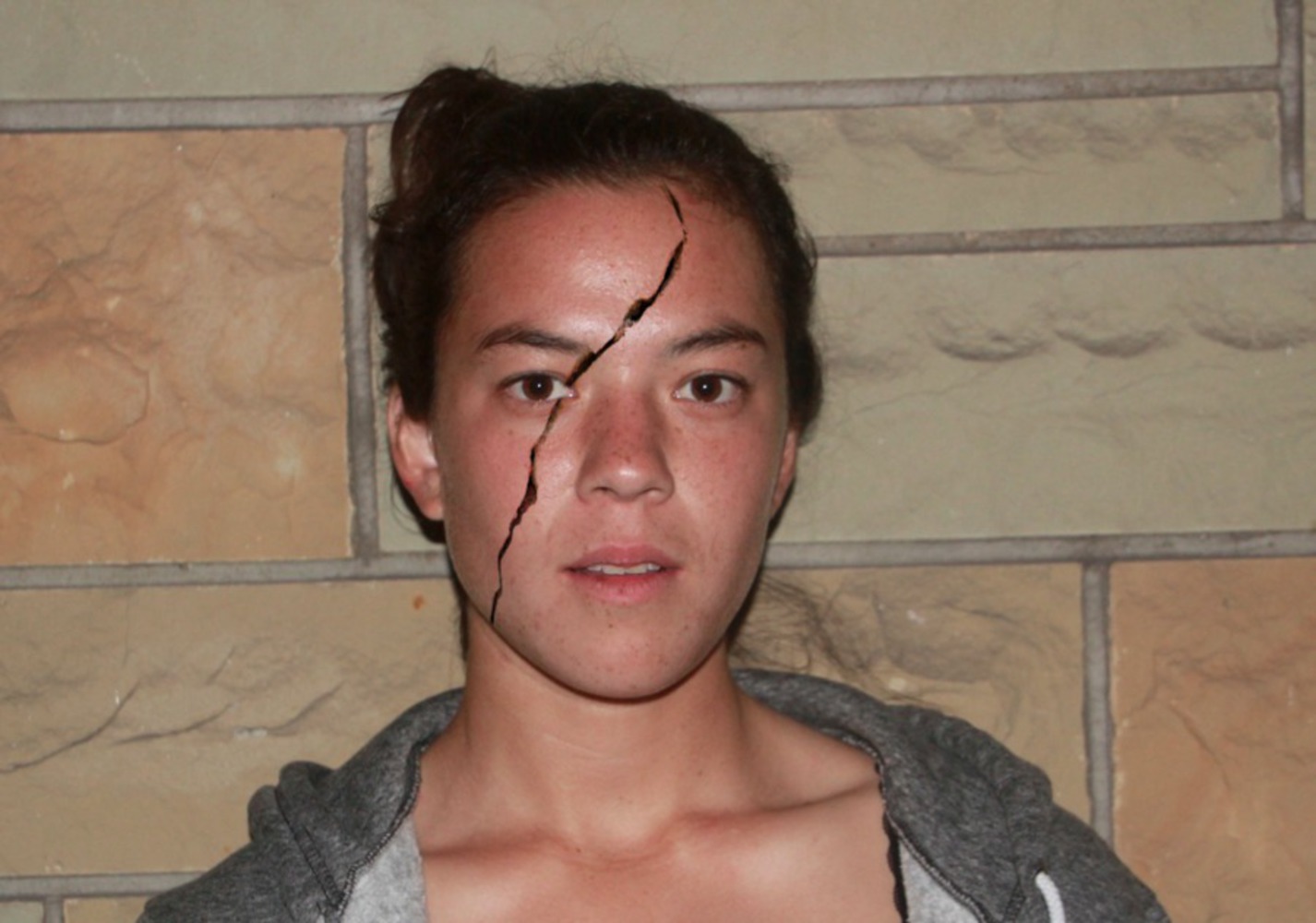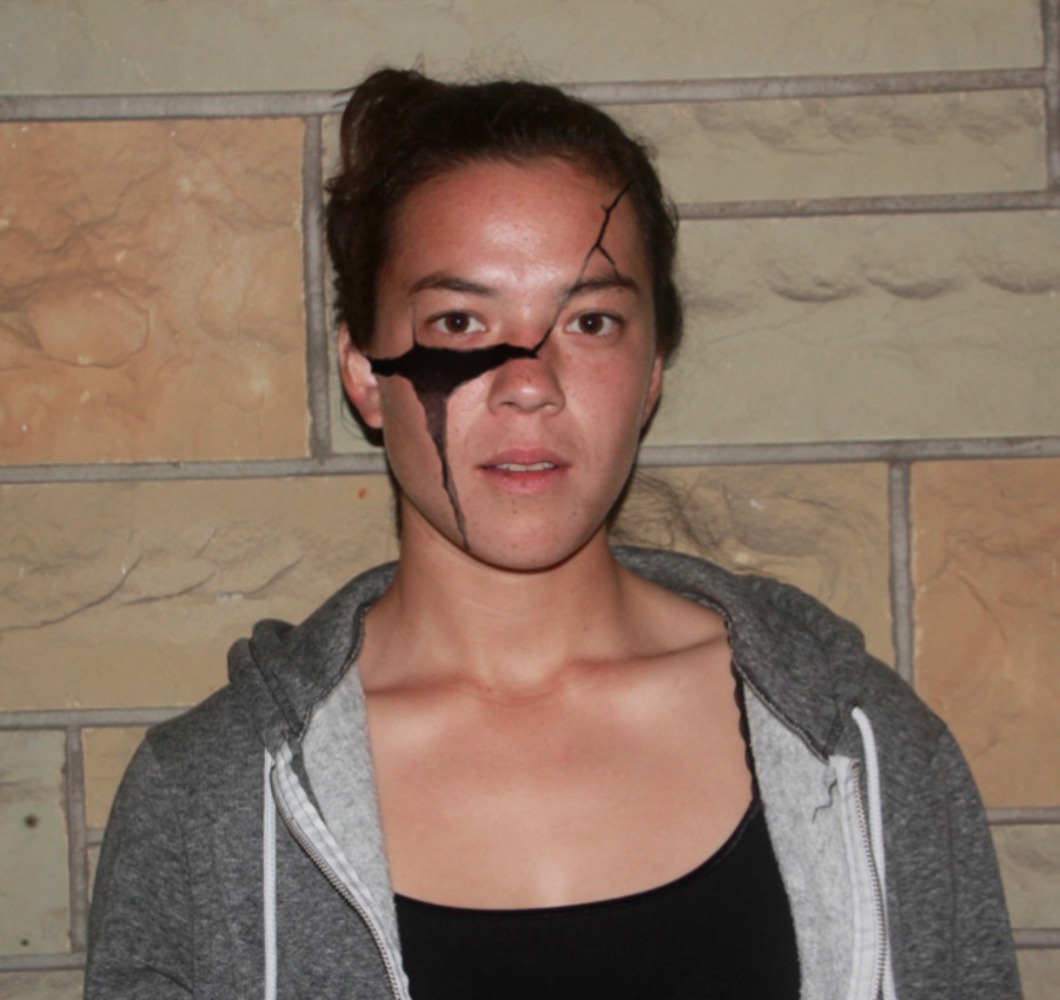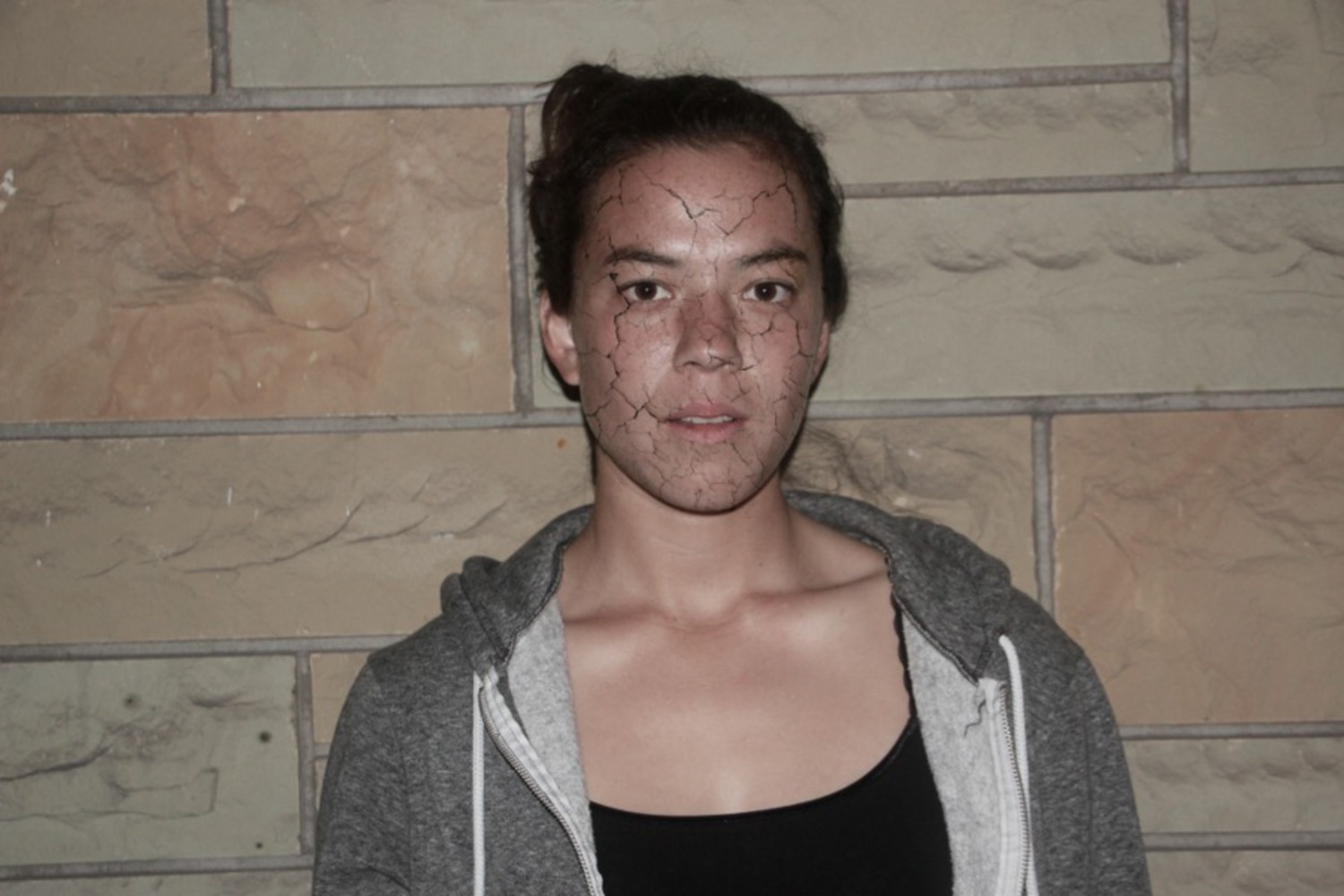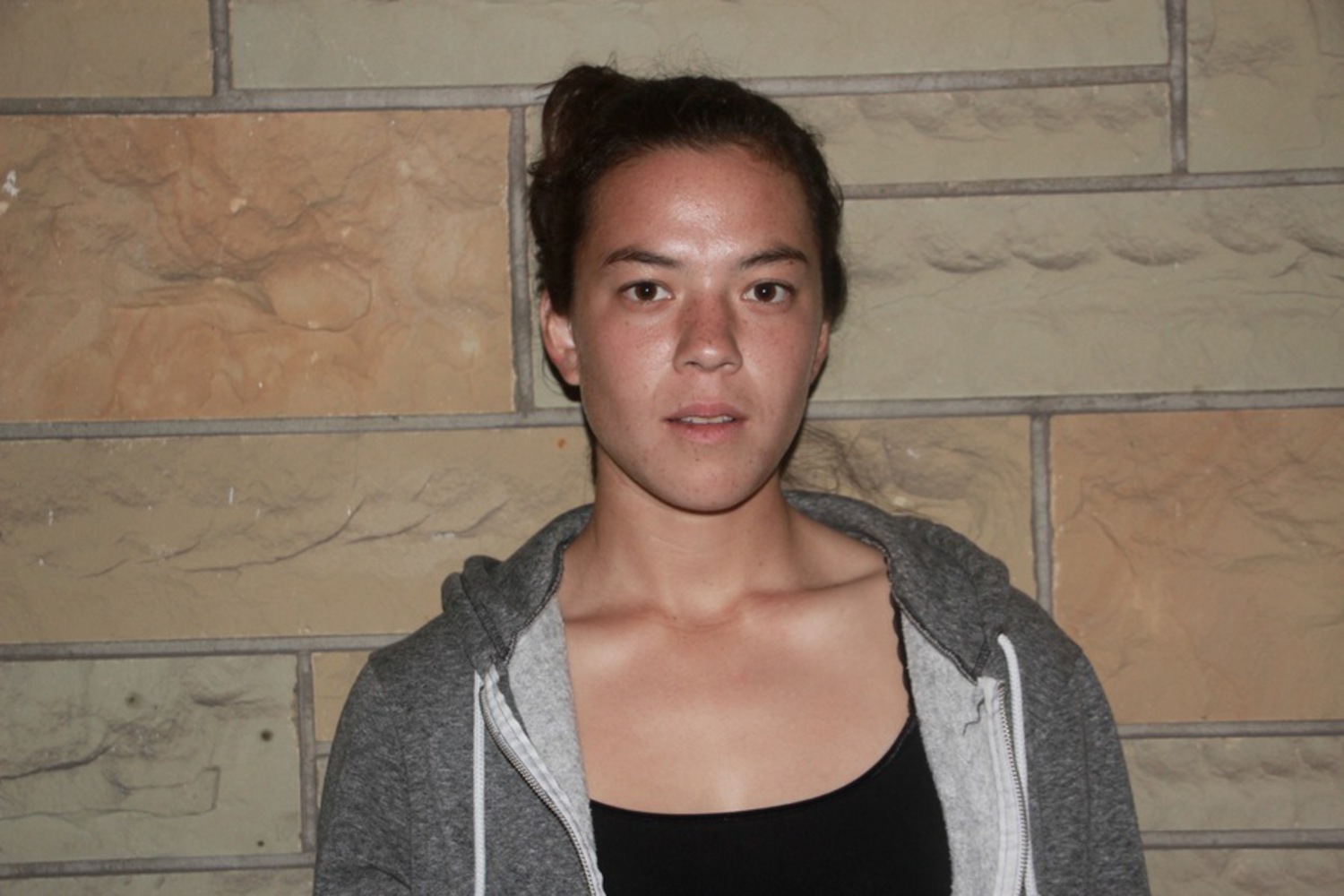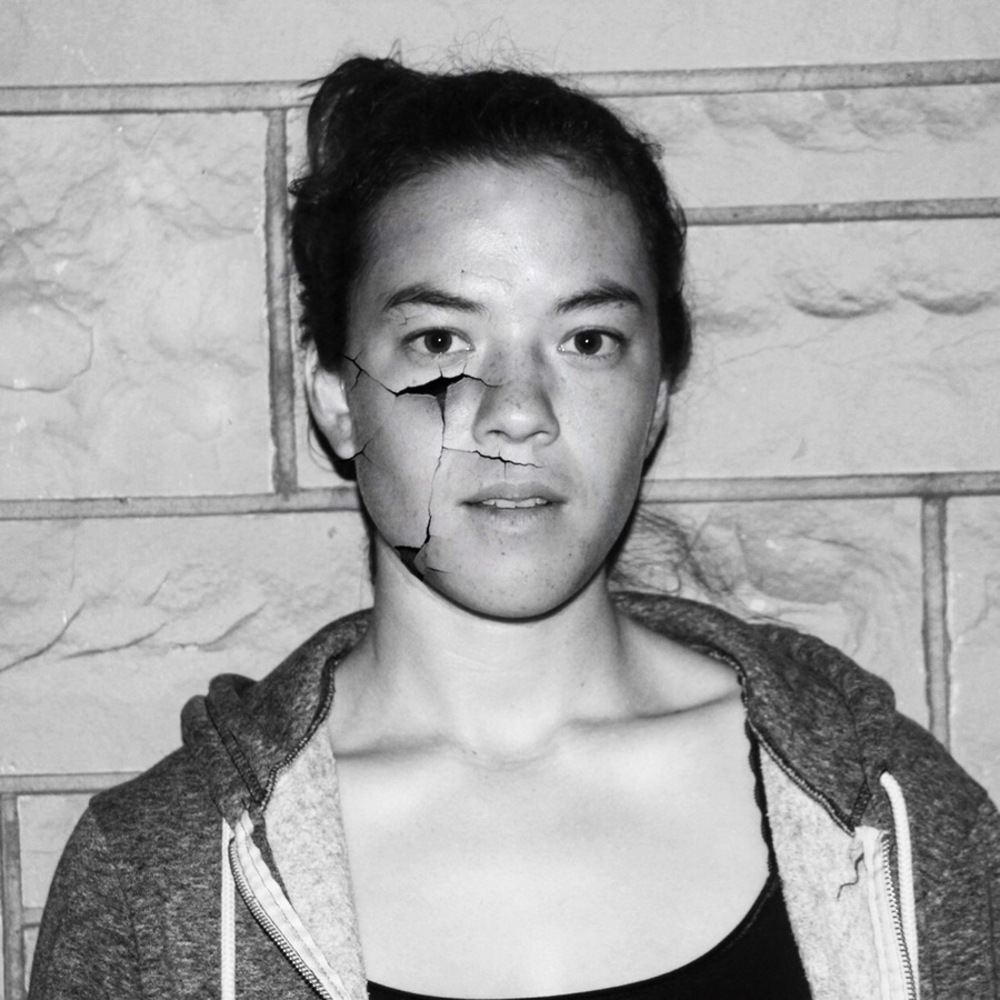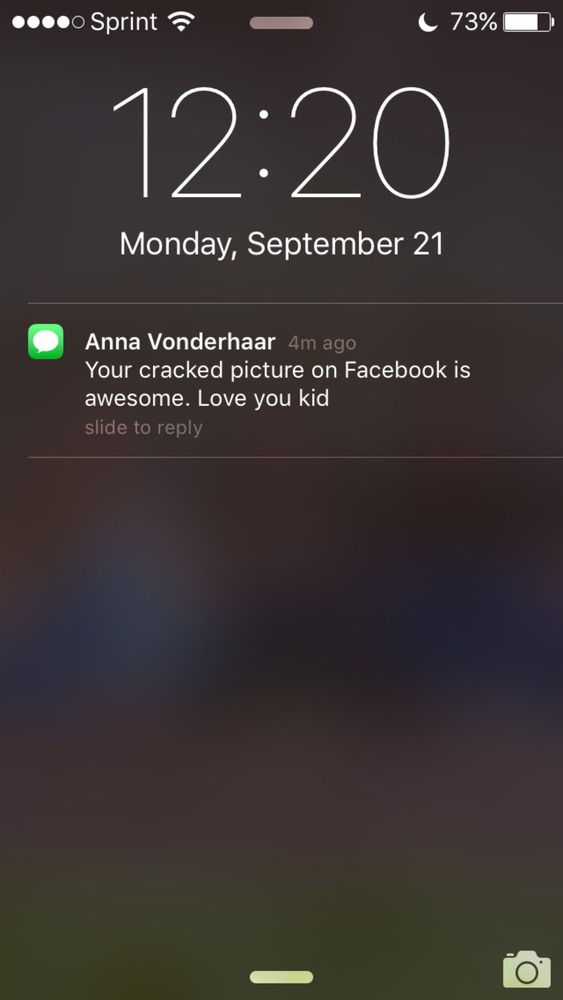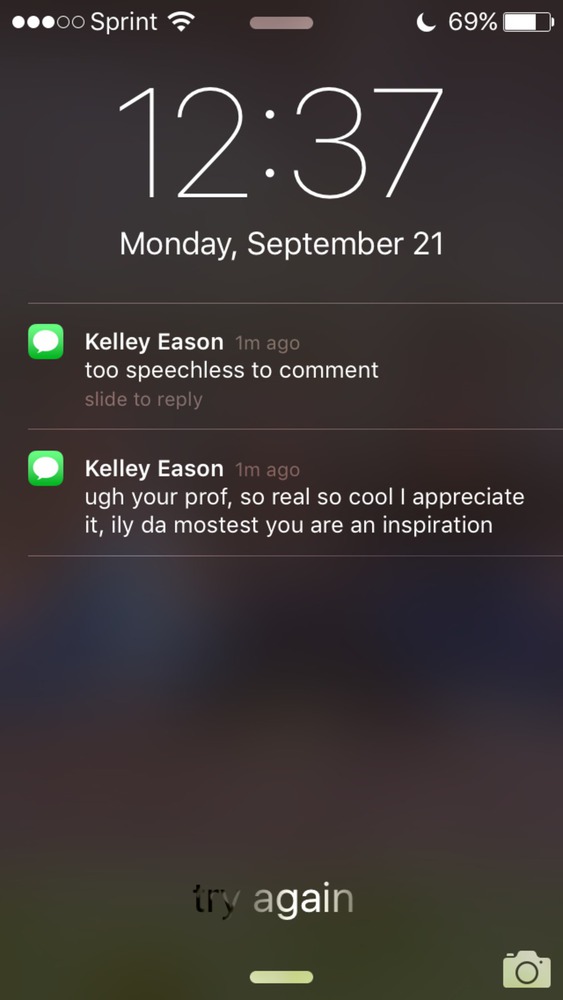Intention
A profile picture is often a depiction of our best version. It’s the image we pick to characterize us and it’s the face we want others to see.
But this means a profile picture doesn’t necessarily tell the whole story. It might mask or hide the cracks we feel on the inside, even if on the outside we appear well put together.
So what if we were more transparent? What if we let the world see that we aren’t perfect, like pictures might imply? Why should we look happy and carefree when every one of us is struggling with something?
I want to fight the expectation that a profile picture needs to suggest that we are happy and thriving. I am going to change my profile picture to a headshot of myself with a large crack Photoshopped into my cheek. The intention is two-fold: First and foremost, I want to make a statement and create awareness that it is okay to not be okay, and that we should not conceal our inner brokenness with false representation. Second, this change is very uncharacteristic both for me personally (because I tend to refrain from making edgy, risky, or unusual posts) and for Facebook in general (since I will represent myself with a symbol of imperfection instead of a fake but perfect illustration). I am curious to see how my Facebook friends respond to this abnormal behavior.
